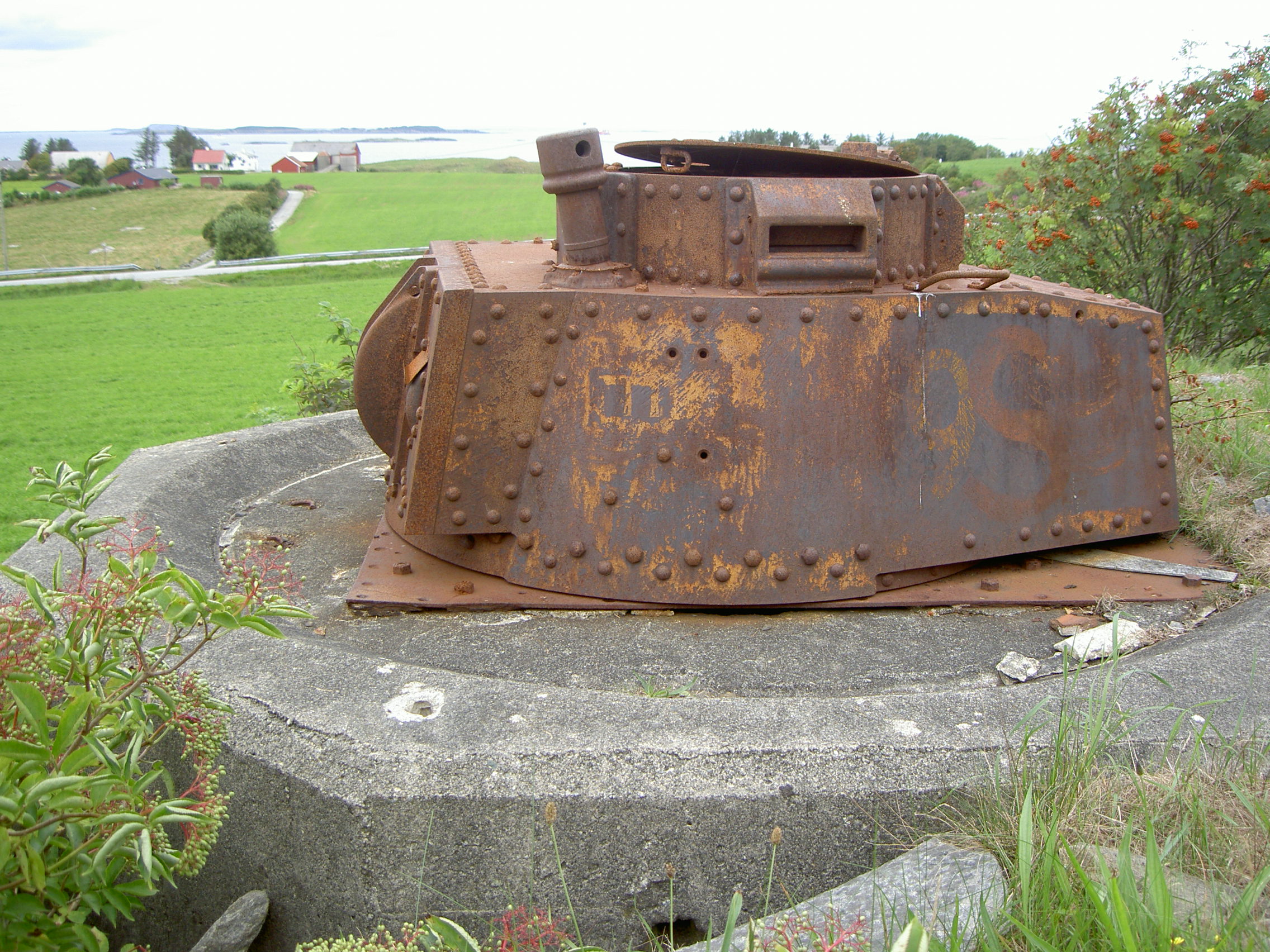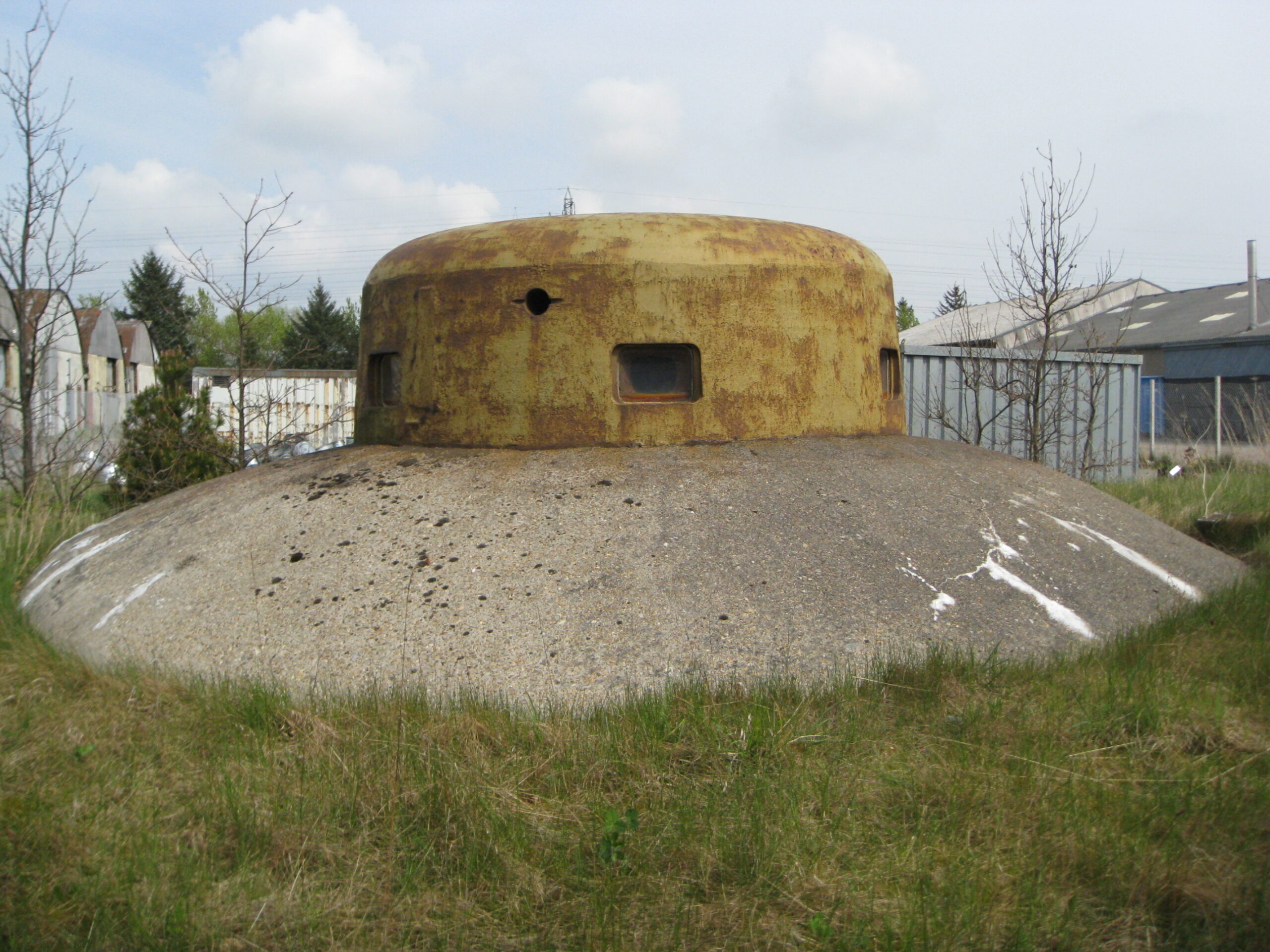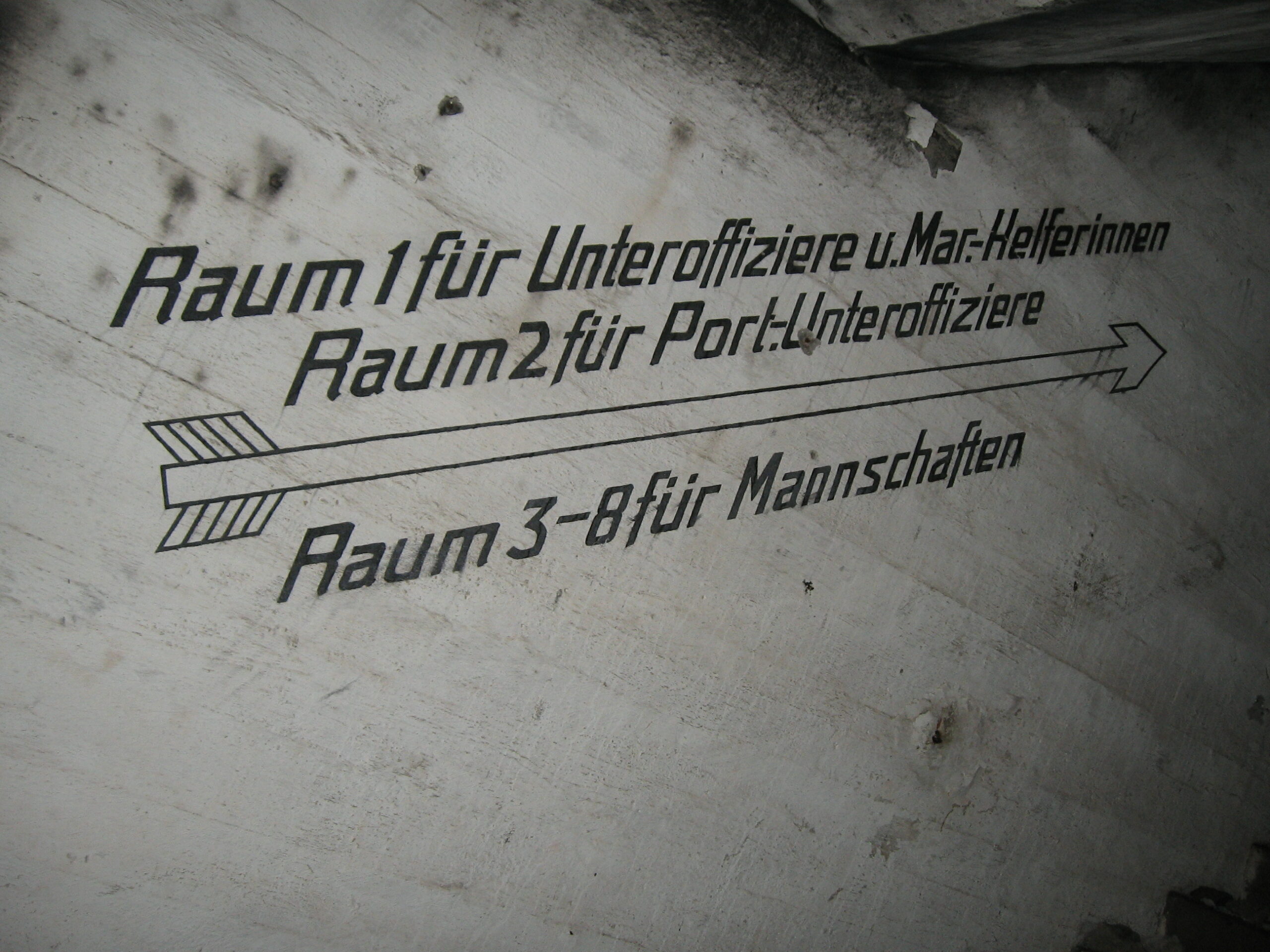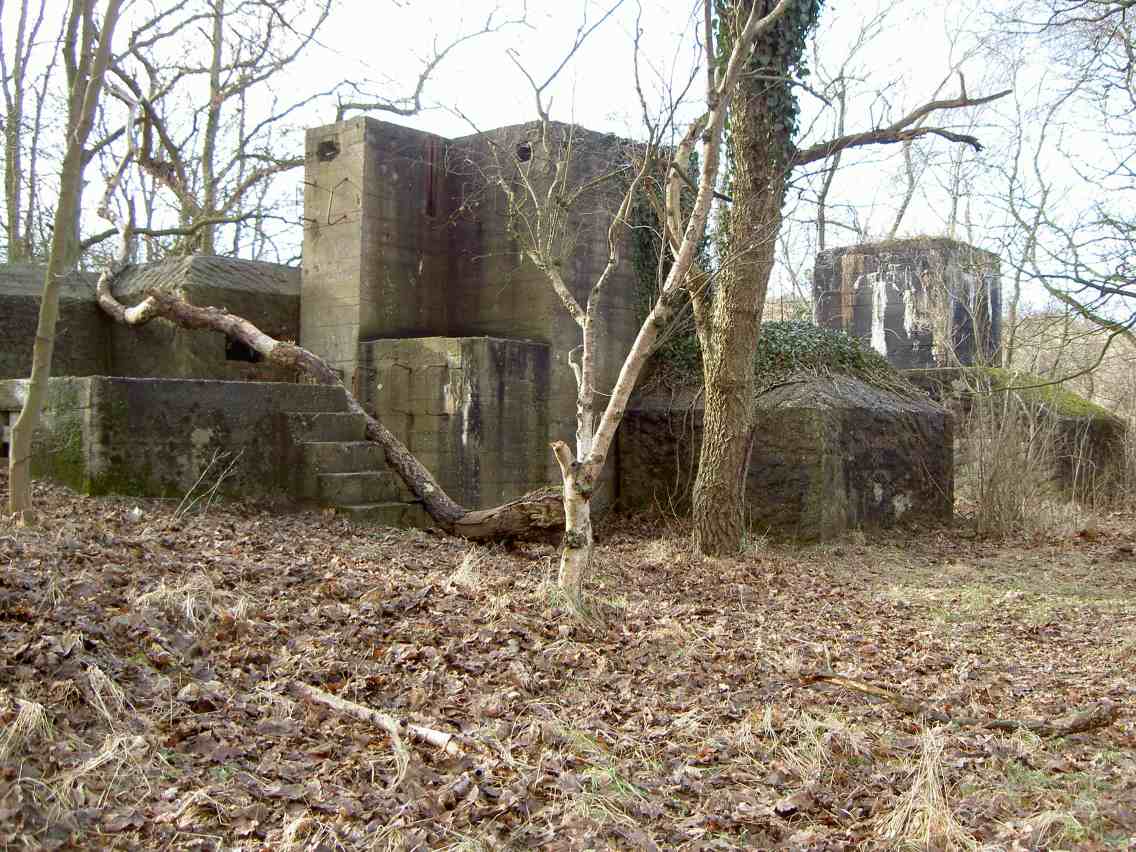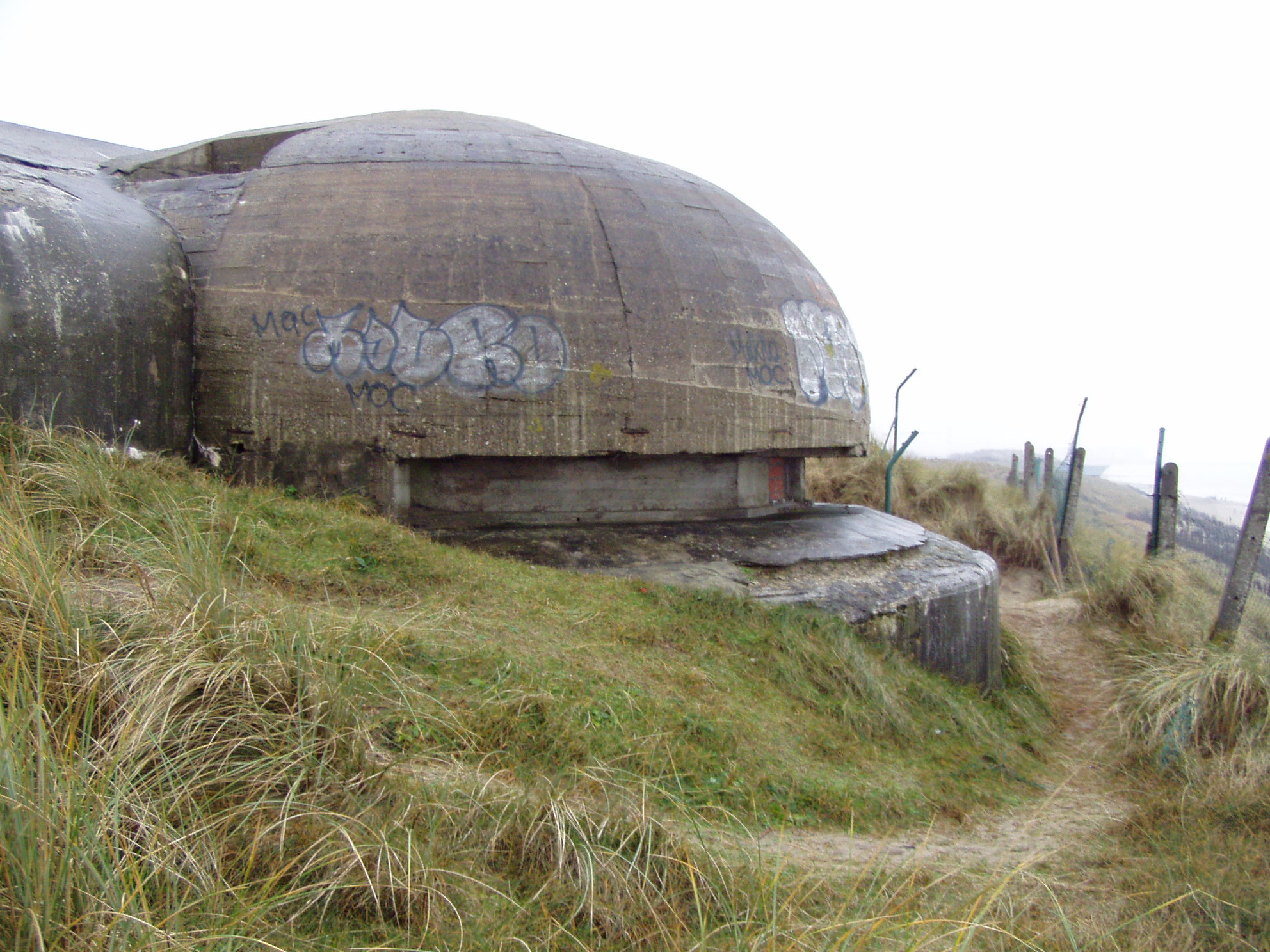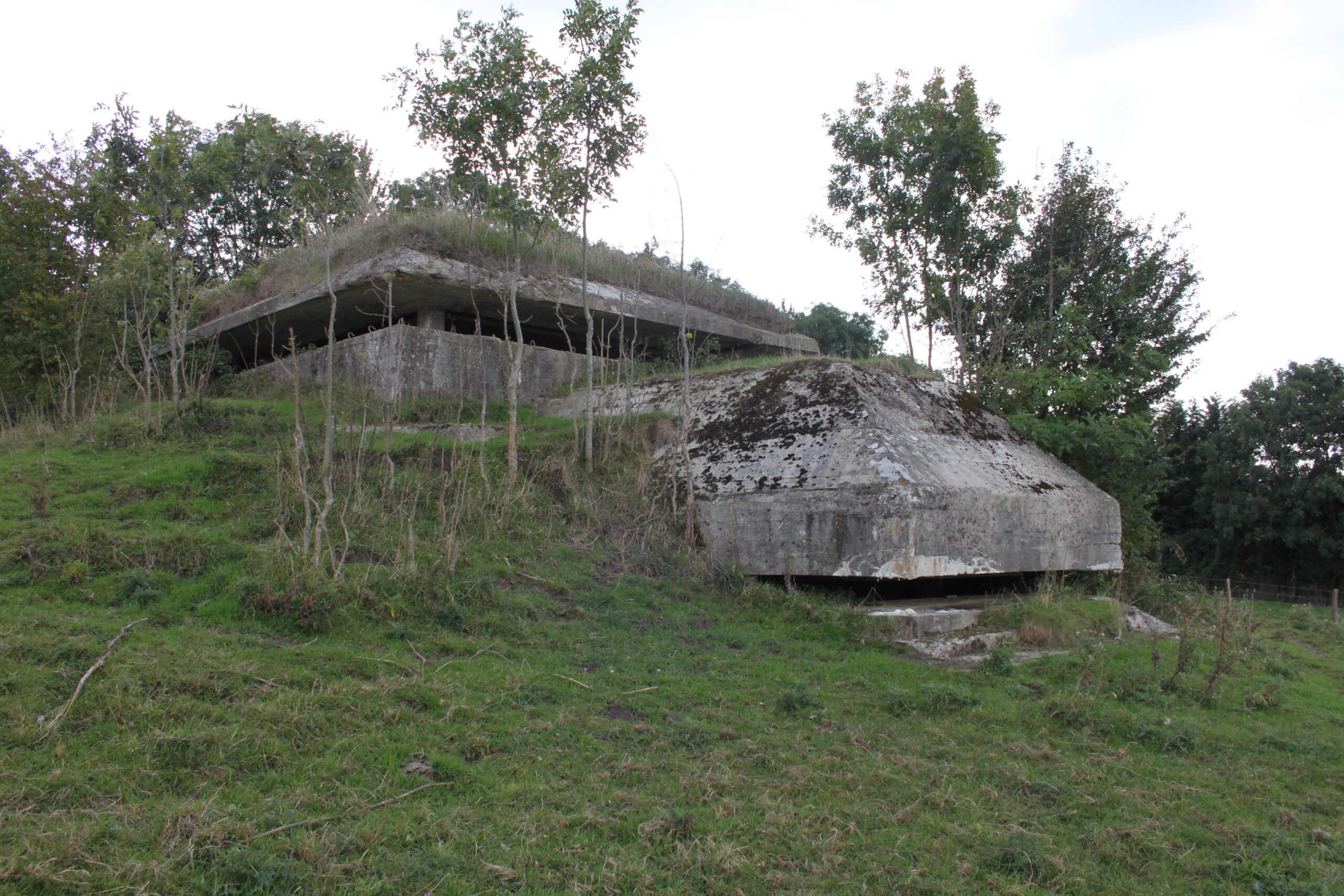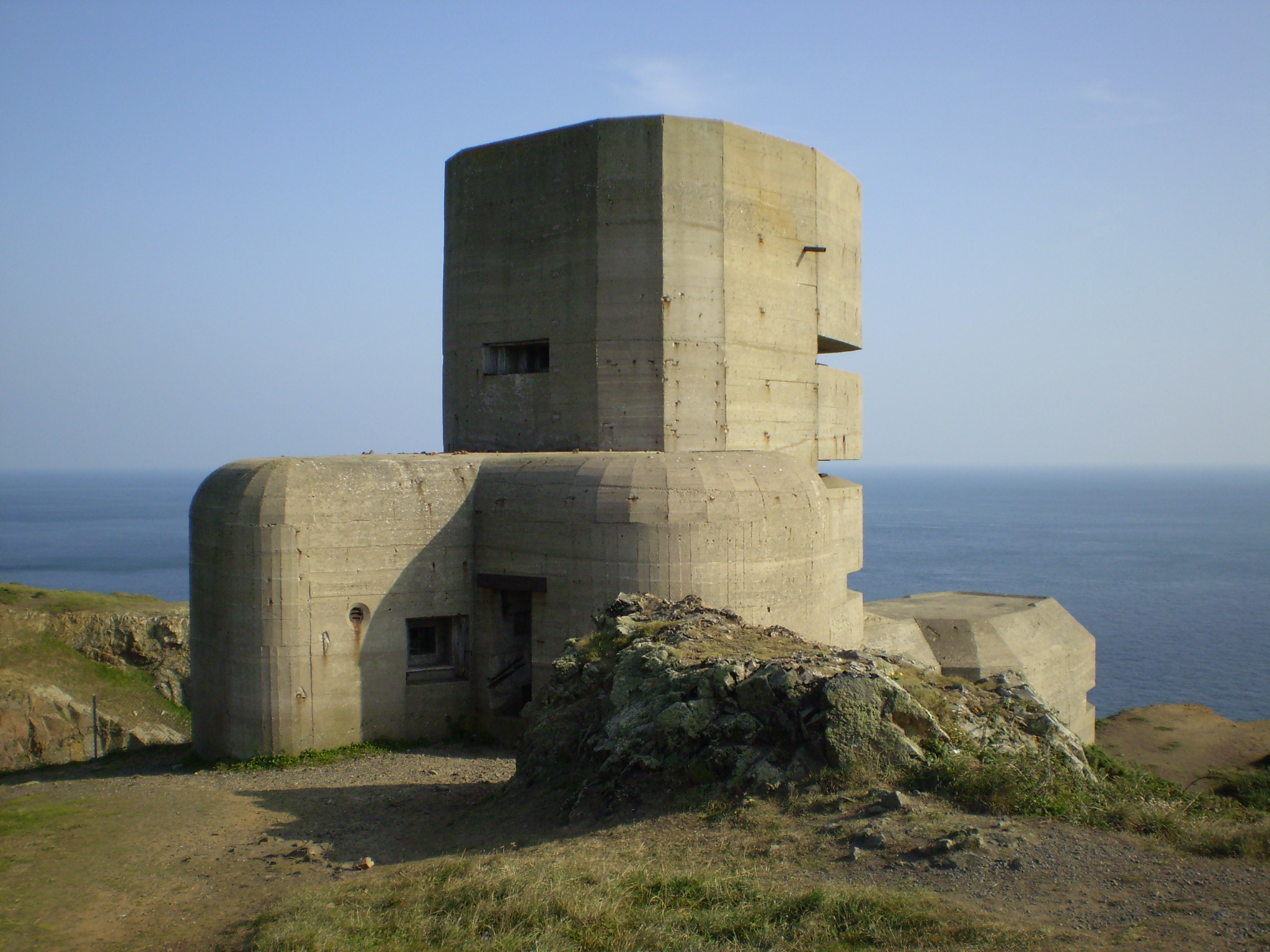Atlantikwall
Programme
The Atlantikwall programme was born. But in the end of ’43, after increasing Allied attacks, the Germans believed that an invasion was coming. This development forced the Germans to increase construction capacity and to increase the defence of the beach lines with obstacles. New designed bunker types were also introduced for different ways of coastal defence.
All together boosted the Atlantikwall programme with more than 11.000 constructions finished by May 1944.
Fortifications
Coastal defence and beach obstacles, gun batteries and supporting bunkers, submarine bunkers and base facilities, airfields and airfield infrastructure, radar installations and air defence. These were all part of an enormous network of Third Reich fortifications, which stretched from the upper north of Norway to the very south of France.
After the lost Battle of Britain, extra attention was given to the far north of France, the Nord-Pas-de Calais region, which received the highest concentration of bunkers. The shortest distance between England and occupied France was here, so it was clear why the German high command believed an Allied invasion would take place here. In history the system of fortifications became known as The Atlantic Wall (Der Atlantikwall), and was built to seal off Fortress Europe. The German propaganda machine created an image of an impregnable wall, showing the world the biggest guns and heavily defended coasts.
Invasion
Despite all efforts, the Atlantikwall failed, because the Allies invaded Normandy on the 6th of June 1944. The military significance of the defence line however, should not be underestimated at all. It is impressive how countries like Norway, Denmark, Germany, Holland, Belgium and France, received their part of Atlantikwall in such a short time …
Norway
Denmark
Germany
Holland
Belgium
France
England

